3.6.3 Design guidelines
Design guidelines taking into account:
- Expansion
- Creep and relaxation
- Corrosion
- Production
- Risks
Expansion:
Temperature differences and/or mechanical loads cause length changes in components which, especially when different materials are involved, can lead to intensified conditions and limited functioning.
Example: Panelling on rail vehicles and buses. Remedy: Elastic adhesive with high layer thickness.
Creep and relaxation:
Materials (substrates and adhesive) show viscous behaviour, which is dependent on the temperature and/or acting load to a lesser or greater degree, and which must be taken into account when designing components made from these materials.
Corrosion:
Materials (substrates and adhesive) and composites are attacked by media (causing corrosion and stress cracking), meaning that account must be taken of restricted functioning or structural failure.
This must be countered by careful design and selection of materials.
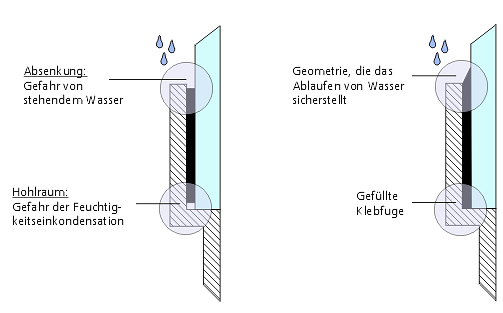
Design phase: Design of bonded joints
| not optimised | optimised |
|---|---|
 |
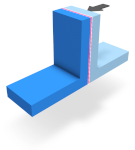  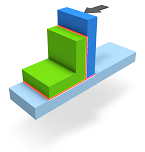 |
 |
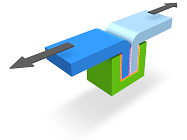 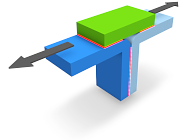  |
Source: Fraunhofer IFAM
Risks:
As with all joining methods, designing bonded joints involves balancing technical and commercial risks. To achieve 100% technical safety, namely to design a bonded component such that the loads acting on the component during its service life remain far from the load limit, results in an oversized component which is too large, too heavy, too expensive and which is hence uncompetitive.
The aim of these guidelines is to provide fundamental information to allow you, if necessary in collaboration with other experts (adhesive manufacturers, manufacturers of equipment for adhesive application, independent advisers/institutes, etc.), to optimally design a bonded joint for your specific task and to weigh up the technical risks against commercial risks.



